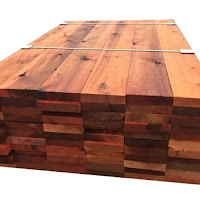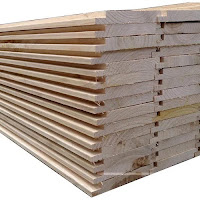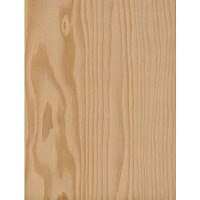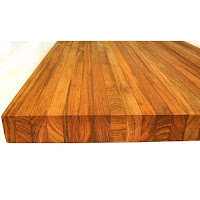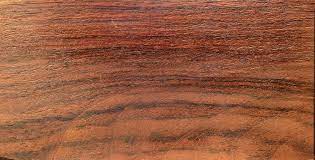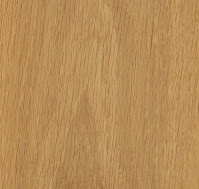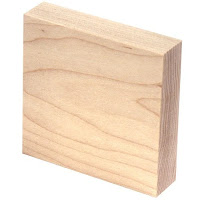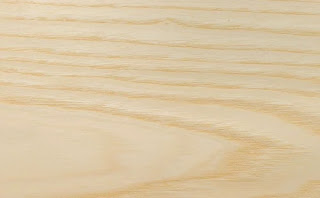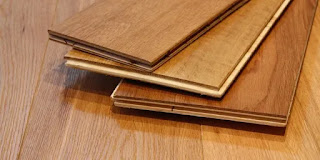10 Different Types of Wood
1. Softwood
Softwood is obtained from coniferous trees. These tees are also known as evergreen tees as leaves do not fall till the new one grows. Softwood is commonly found in regions characterized by a cold climate. They are more sustainable and less expensive than hardwood.
Types of Softwood
Different types of softwoods are given below:
(i) Pinewood
Pinewood is a soft, white, or light yellow wood that is light in weight and straight-grained. It resists shrinkage, swelling, and warping. Pine wood is highly malleable and receptive to staining. However, it is prone to decay when exposed to soil. Pine trees are prevalent in various parts of the northern hemisphere, including the western Himalayas, Assam, and Nagpur regions of India.
(ii) Cedar Wood
Cedar wood, a knotty softwood, exhibits a red-brown color with light lines. Compared to other softwoods, cedar is relatively soft. It possesses a uniform wood texture and offers high resistance to decay and insects. They are aromatic and found in Kashmir and Assam.
(iii) Firwood
(iv) Spruce Wood
(v) Hemlock Wood
Hemlock wood is lightweight and has moderate strength. It possesses a low resistance to decay and is non-resinous. It is found in regions such as the United States, Canada, Alaska, England, and Eastern Asia. Similar to other softwoods like fir wood, it is prone to shrinkage.
Similar to other softwoods like Hemlock Wood, it is susceptible to shrinkage.
2. Hardwood
Hardwood is derived from deciduous trees that bear broad leaves, produce fruits or nuts, and typically become dormant during the winter season. Hardwoods possess a denser structure when compared to softwoods.
The different types of hardwood are as follows:
(i) Teakwood
Teak wood showcases a color range from yellow to dark brown and is characterized by its exceptional heaviness, strength, durability, weather resistance, warp resistance, and resistance to decay. Teak wood is naturally resistant to termites and pests due to its rich natural oils. It is generally more expensive than other hardwoods. Teak trees are predominantly found in central and southern regions of India.
(ii) Rosewood
(iii) Oak Wood
Oak wood is a heavy, strong, light-colored hardwood. Oak wood exhibits a unique grain pattern and distinctive finish. It offers good resistance to moisture, fungus, and yeast. Oak trees are found in various regions, including America, Asia, North Africa, and Europe.
(iv) Maple Wood
Maple wood possesses a fine texture and remarkable strength. Its hardness and resistance to shocks make it a popular choice for constructing pathways. Maple wood is resistant to splitting and highly durable, requiring minimal effort for cleaning. It can be found in various regions, including Asia, North America, Europe, and Canada.
(v) Ash Wood
Ashwood is a hard, heavy, ring-porous wood. It is well known for its elasticity and strength. It features a prominent grain pattern resembling oakwood and ranges in color from white to light brown. Ashwood is less in demand thus it is less expensive.
3. Engineered Wood
Engineered Wood does not occur naturally in the environment but instead is manufactured. These woods are typically crafted through processes that manipulate the wood to possess specific qualities or features.
Engineered wood is often treated through a chemical or a heat process to produce a wood product that can meet certain sizes that would be difficult to achieve from nature. Popular examples of engineered wood include plywood, oriented strand board, composite board, etc.

